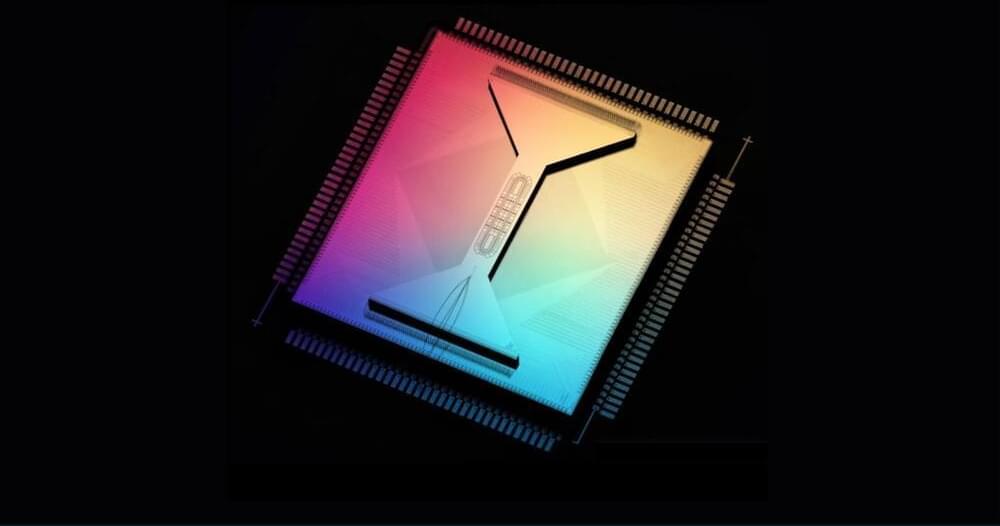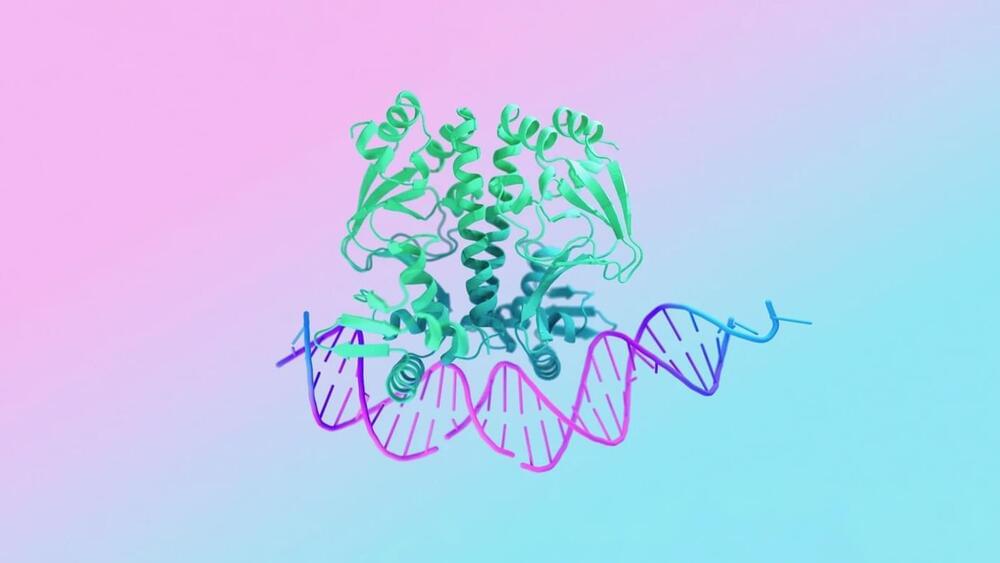A molecular biologist at the USC Dornsife College of Letters, Arts and Sciences may have found a new “rule of biology.”



Floating photovoltaics (FPV), also known as floating solar farms, are photovoltaic systems that can be deployed on the sea’s surface or on other bodies of water. While their environmental impact is still the topic of debate worldwide, these systems could be highly advantageous for generating renewable energy, particularly in warm regions where available land is scarce or costly.

For quantum computers to go from research curiosities to practically useful devices, researchers need to get their errors under control. New research from Microsoft and Quantinuum has now taken a major step in that direction.
Today’s quantum computers are stuck firmly in the “noisy intermediate-scale quantum” (NISQ) era. While companies have had some success stringing large numbers of qubits together, they are highly susceptible to noise which can quickly degrade their quantum states. This makes it impossible to carry out computations with enough steps to be practically useful.
While some have claimed that these noisy devices could still be put to practical use, the consensus is that quantum error correction schemes will be vital for the full potential of the technology to be realized. But error correction is difficult in quantum computers because reading the quantum state of a qubit causes it to collapse.


In March, we saw the launch of a “ChatGPT for music” called Suno, which uses generative AI to produce realistic songs on demand from short text prompts. A few weeks later, a similar competitor— Udio — arrived on the scene.
I’ve been working with various creative computational tools for the past 15 years, both as a researcher and a producer, and the recent pace of change has floored me. As I’ve argued elsewhere, the view that AI systems will never make “real” music like humans do should be understood more as a claim about social context than technical capability.
The argument “sure, it can make expressive, complex-structured, natural-sounding, virtuosic, original music which can stir human emotions, but AI can’t make proper music” can easily begin to sound like something from a Monty Python sketch.

Genomics is revolutionizing medicine and science, but current approaches still struggle to capture the breadth of human genetic diversity. Pangenomes that incorporate many people’s DNA could be the answer, and a new project thinks quantum computers will be a key enabler.
When the Human Genome Project published its first reference genome in 2001, it was based on DNA from just a handful of humans. While less than one percent of our DNA varies from person to person, this can still leave important gaps and limit what we can learn from genomic analyses.
That’s why the concept of a pangenome has become increasingly popular. This refers to a collection of genomic sequences from many different people that have been merged to cover a much greater range of human genetic possibilities.
If you use the web for more than just browsing (that’s pretty much everyone), chances are you’ve had your fair share of “CAPTCHA rage,” the frustration stemming from trying to discern a marginally legible string of letters aimed at verifying that you are a human. CAPTCHA, which stands for “Completely Automated Public Turing test to tell Computers and Humans Apart,” was introduced to the Internet a decade ago and has seen widespread adoption in various forms — whether using letters, sounds, math equations, or images — even as complaints about their use continue.
A large-scale Stanford study a few years ago concluded that “CAPTCHAs are often difficult for humans.” It has also been reported that around 1 in 5 visitors will leave a website rather than complete a CAPTCHA.
A longstanding belief is that the inconvenience of using CAPTCHAs is the price we all pay for having secured websites. But there’s no escaping that CAPTCHAs are becoming harder for humans and easier for artificial intelligence programs to solve.

Scientists just published the most detailed map of a cubic millimeter of the human brain. Smaller than a grain of rice, the mapped section of brain includes over 57,000 cells, 230 millimeters of blood vessels, and 150 million synapses.
The project, a collaboration between Harvard and Google, is looking to accelerate connectomics—the study of how neurons are wired together—over a much larger scale.
Our brains are like a jungle.

When Descartes said “I think therefore I am” he probably didn’t know that he was answering a security question. Using behavioral or physical characteristics to identify people, biometrics, has gotten a big boost in the EU. The Orwellian sounding HUMABIO (Human Monitoring and Authentication using Biodynamic Indicators and Behavioral Analysis) is a well funded research project that seeks to combine sensor technology with the latest in biometrics to find reliable and non-obtrusive ways to identify people quickly. One of their proposed methods: scanning your brain stem. That’s right, in addition to reading your retinas, looking at your finger prints, and monitoring your voice, the security systems of the future may be scanning your brain.
How could they actually read your brain? What kind of patterns would they use to authenticate your identity? Yeah, that haven’t quite figured that out yet. HUMABIO is still definitely in the “pre-commercial” and “proof of concept” phase. They do have a nice ethics manual to read, and they’ve actually written some “stories” that illustrate the uses of their various works in progress, but they haven’t produced a fieldable instrument yet. In fact, this aspect of the STREP (Specific Targeted Research Project) would hardly be remarkable if we didn’t know more about the available technology from other sources.

CRISPR was first discovered in bacteria as a defense mechanism, suggesting that nature hides a bounty of CRISPR components. For the past decade, scientists have screened different natural environments—for example, pond scum—to find other versions of the tool that could potentially increase its efficacy and precision. While successful, this strategy depends on what nature has to offer. Some benefits, such as a smaller size or greater longevity in the body, often come with trade-offs like lower activity or precision.
Rather than relying on evolution, can we fast-track better CRISPR tools with AI?
This week, Profluent, a startup based in California, outlined a strategy that uses AI to dream up a new universe of CRISPR gene editors. Based on large language models—the technology behind the popular ChatGPT—the AI designed several new gene-editing components.